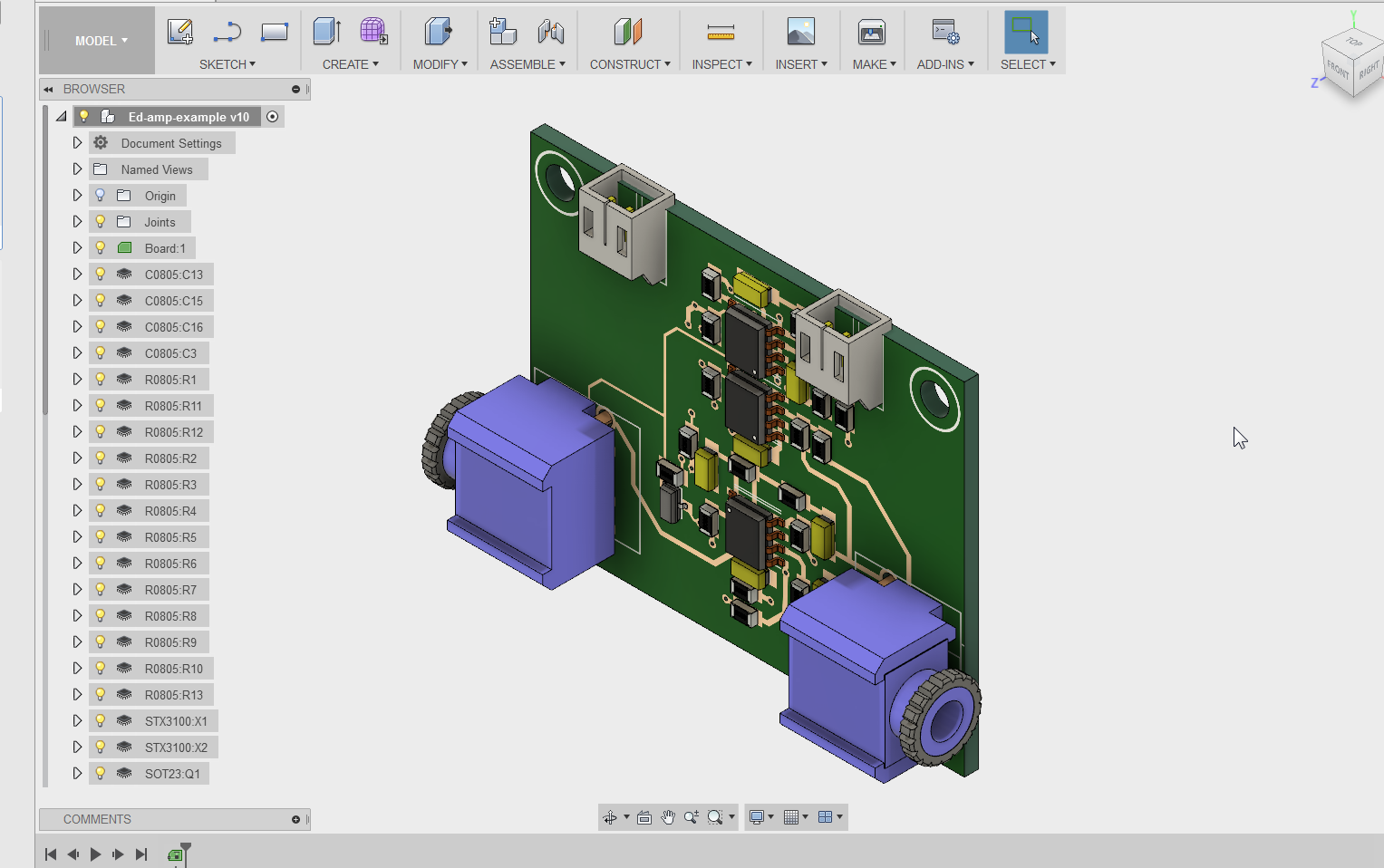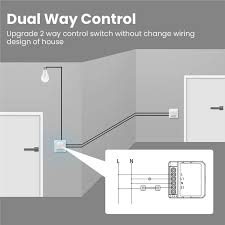How to Design a Li-ion Battery Management Circuit
Lithium-ion (Li-ion) batteries are widely used in portable electronics, electric vehicles, and renewable energy systems due to their high energy density and long cycle life. Proper management of Li-ion batteries is crucial to ensure their safe and efficient operation. One key component of Li-ion battery management is the battery management circuit, which monitors and controls the charging and discharging process. In this article, we will guide you through the design process of a Li-ion battery management circuit.
Understanding Li-ion Battery Charging and Discharging
Before designing a Li-ion battery management circuit, it is important to understand the principles of Li-ion battery charging and discharging. Li-ion batteries have specific voltage and current characteristics that must be carefully considered during the design process. The charging process typically involves delivering a constant current until the battery reaches a certain voltage threshold, after which the voltage is held constant while the current decreases. The discharging process, on the other hand, involves drawing current from the battery until it reaches a certain voltage threshold.
Basic Components of a Li-ion Battery Management Circuit
A typical Li-ion battery management circuit consists of several key components, including:
- Battery protection circuit
- Charge controller
- Voltage regulator
- Current sensor
- Temperature sensor
Design Steps for a Li-ion Battery Management Circuit
Here are the basic steps to design a Li-ion battery management circuit:
- Determine Battery Specifications: Start by determining the voltage and capacity of the Li-ion battery you will be using.
- Choose the Battery Protection Circuit: Select a battery protection circuit that can monitor overcharging, over-discharging, and overcurrent conditions.
- Select a Charge Controller: Choose a charge controller that can safely and efficiently charge the Li-ion battery.
- Integrate Voltage and Current Regulation: Add a voltage regulator and current sensor to control the charging and discharging process.
- Include Temperature Sensing: Incorporate a temperature sensor to monitor the battery temperature and prevent overheating.
Testing and Optimization
Once you have designed the Li-ion battery management circuit, it is important to test and optimize its performance. Monitor the charging and discharging process under different conditions to ensure the circuit operates safely and efficiently. Make adjustments as needed to improve the circuit’s performance and reliability.
Conclusion
Designing a Li-ion battery management circuit requires careful consideration of the battery’s specifications and characteristics. By following the steps outlined in this article, you can create a safe and efficient battery management circuit for your Li-ion batteries. Remember to test and optimize the circuit to ensure its reliability and performance.
How to Design a Li-ion Battery Management Circuit
Lithium-ion (Li-ion) batteries are widely used in portable electronics, electric vehicles, and renewable energy systems due to their high energy density and long cycle life. Proper management of Li-ion batteries is crucial to ensure their safe and efficient operation. One key component of Li-ion battery management is the battery management circuit, which monitors and controls the charging and discharging process. In this article, we will guide you through the design process of a Li-ion battery management circuit.
Understanding Li-ion Battery Charging and Discharging
Before designing a Li-ion battery management circuit, it is important to understand the principles of Li-ion battery charging and discharging. Li-ion batteries have specific voltage and current characteristics that must be carefully considered during the design process. The charging process typically involves delivering a constant current until the battery reaches a certain voltage threshold, after which the voltage is held constant while the current decreases. The discharging process, on the other hand, involves drawing current from the battery until it reaches a certain voltage threshold.
Basic Components of a Li-ion Battery Management Circuit
A typical Li-ion battery management circuit consists of several key components, including:
- Battery protection circuit
- Charge controller
- Voltage regulator
- Current sensor
- Temperature sensor
Design Steps for a Li-ion Battery Management Circuit
Here are the basic steps to design a Li-ion battery management circuit:
- Determine Battery Specifications: Start by determining the voltage and capacity of the Li-ion battery you will be using.
- Choose the Battery Protection Circuit: Select a battery protection circuit that can monitor overcharging, over-discharging, and overcurrent conditions.
- Select a Charge Controller: Choose a charge controller that can safely and efficiently charge the Li-ion battery.
- Integrate Voltage and Current Regulation: Add a voltage regulator and current sensor to control the charging and discharging process.
- Include Temperature Sensing: Incorporate a temperature sensor to monitor the battery temperature and prevent overheating.
Testing and Optimization
Once you have designed the Li-ion battery management circuit, it is important to test and optimize its performance. Monitor the charging and discharging process under different conditions to ensure the circuit operates safely and efficiently. Make adjustments as needed to improve the circuit’s performance and reliability.
Conclusion
Designing a Li-ion battery management circuit requires careful consideration of the battery’s specifications and characteristics. By following the steps outlined in this article, you can create a safe and efficient battery management circuit for your Li-ion batteries. Remember to test and optimize the circuit to ensure its reliability and performance.



